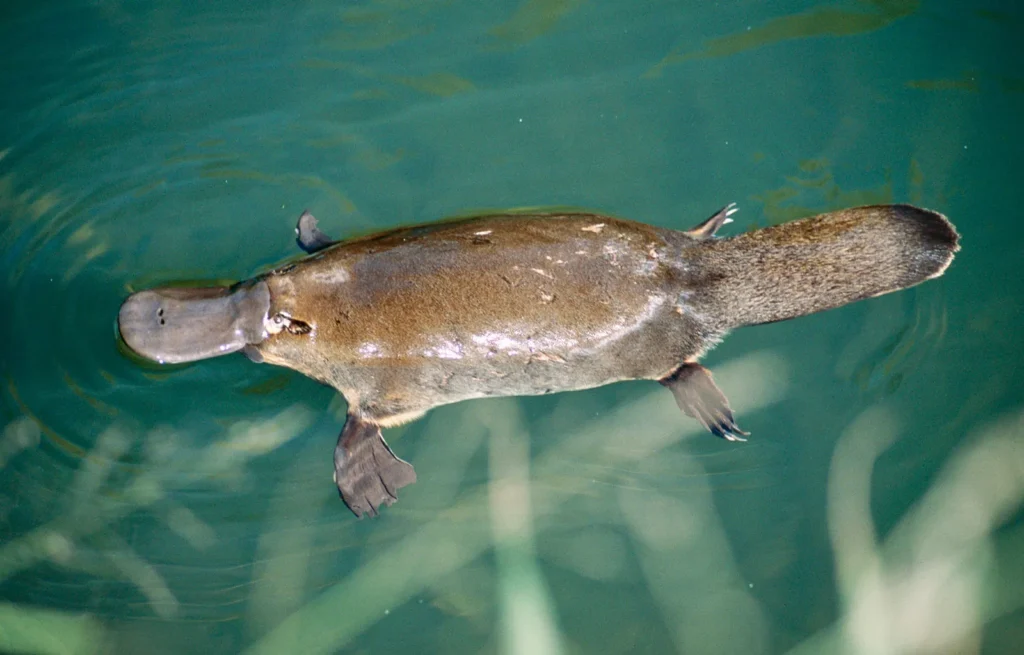
Description
Scientific name: Mustela putorius
Life span: Up to 14 years in captivity
Polecats are wiry, skinny animals with short legs that resemble weasels. They have high sexual dimorphism, with males being up to twice in length and weight as compared to females. The polecat has a thick, shiny, and silky black colored coat with guard hairs over a creamy-colored underfur. During the summer season, their fur becomes thin because of shedding. They have a white face. They have white-tipped ears and black round marks around their eyes. Polecats have paired anal glands that have a pungent odor. Secretions from this gland are released by the polecat when it feels frightened and agitated.
Native Region/Habitat
Polecats are native to Europe, New Zealand, and the British Isles. They are found in marshes, scrub trees, wood periphery, freshwater bodies, and grasslands.
As Pet

Behavior/Temperament
Polecats are like the majority of mustelids in that they are solitary animals. Polecats will fiercely protect their territory unless a female is in heat or has recently given birth. Although females carrying young are diurnal, otherwise they are predominantly nocturnal. In captivity, they are less preferred animals to keep as a pet.
Care/Grooming
It must guarantee that your outside enclosure is durable and has a light source. There is an outbuilding that is heated and may possibly have metal frames. For polecats, having access to natural daylight is advantageous. Their outside space is protected from severe weather, which is crucial in warmer climates when they are more susceptible to heatstroke. You should be aware that foxes hunt on polecats, thus your outside cages must be fox safe. Continually sanitizing and maintaining the cage is required.
Table





